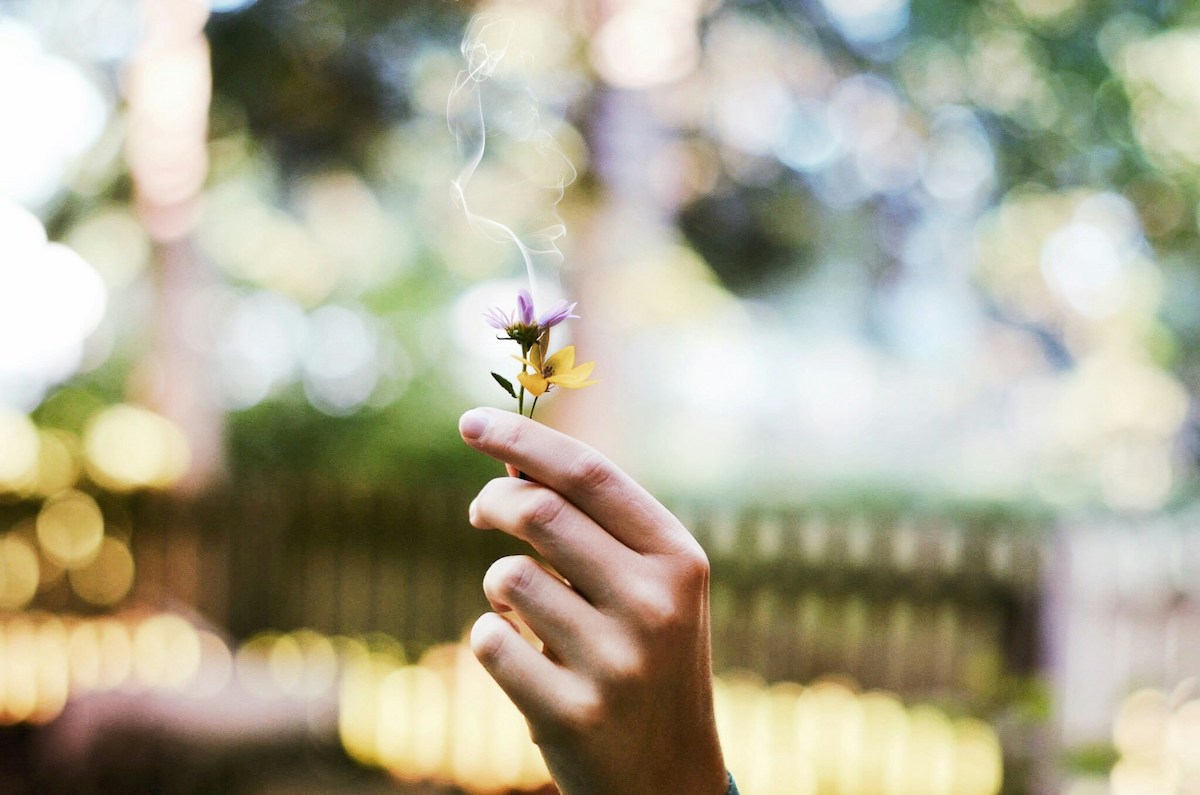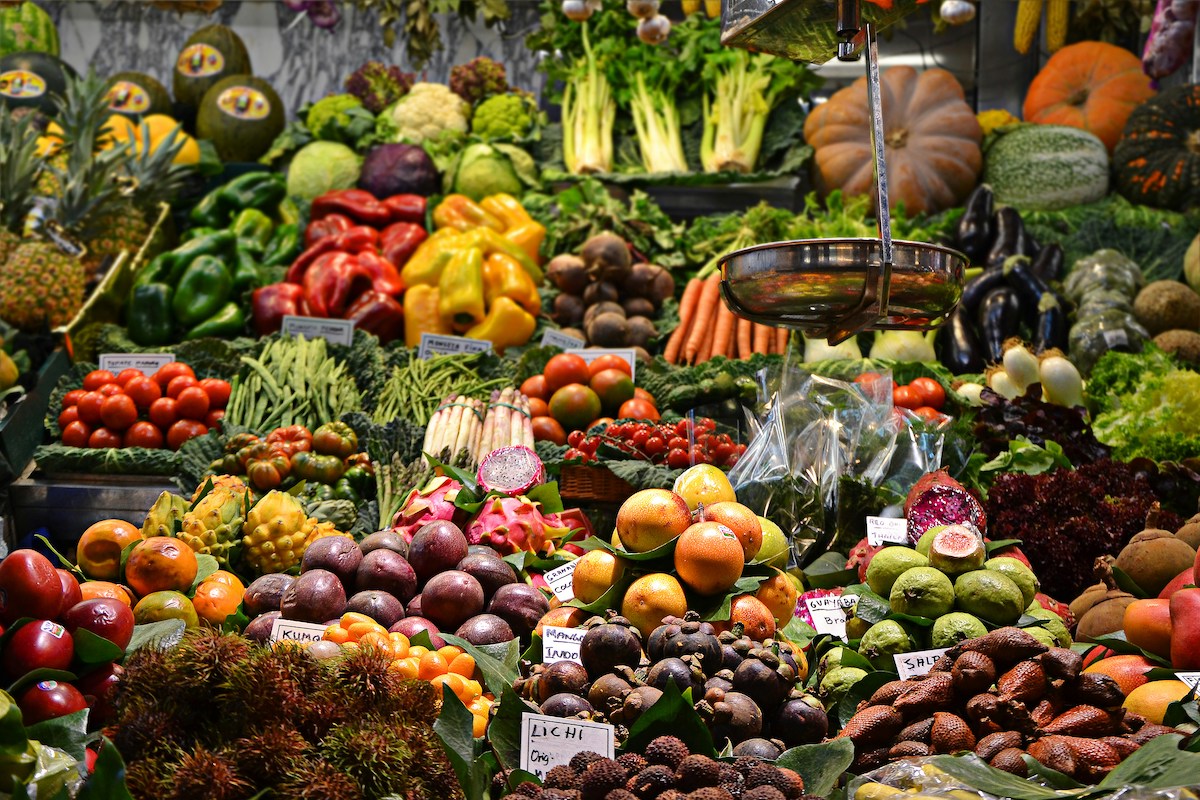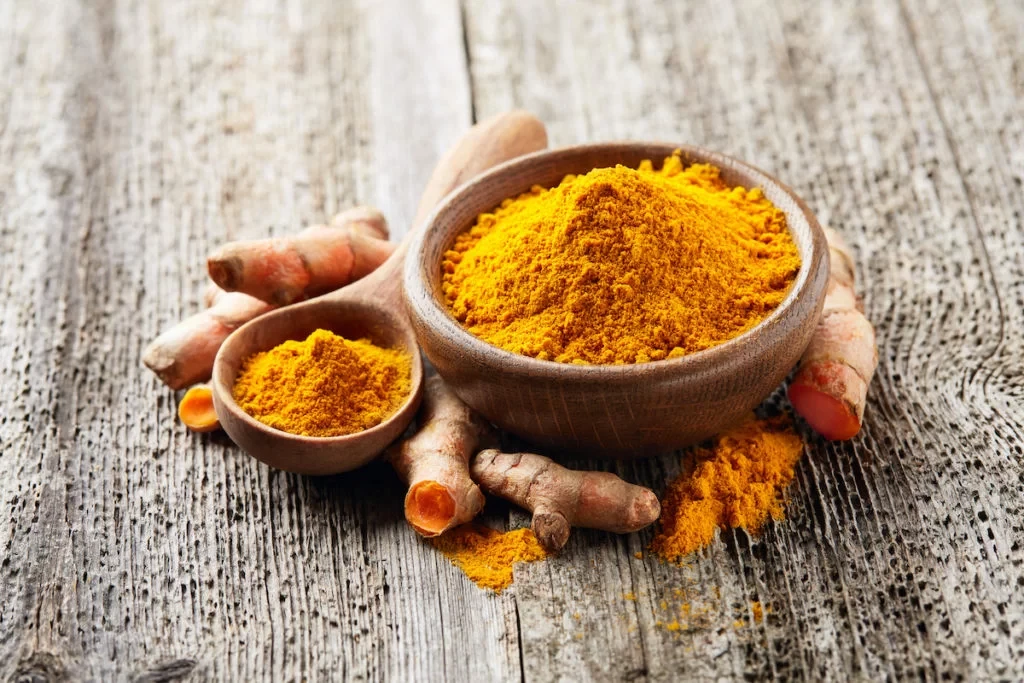How To Balance Pitta Dosha

In this Article
Share
What is Pitta Dosha
Pitta Dosha is the heat energy in the body which contains properties of the Fire and Water elements. Body temperature, metabolism, and hormonal balance are all systems that Pitta Dosha regulates. Hunger and thirst also have a connection to Pitta Dosha.
“Pitta” translates to “that which digests things” so it is unsurprising that this dosha is responsible for digestive processes occurring in our body. Pitta plays an important role in breaking down food in the stomach and intestine, in the formation of enzymes, and in the release of hormones from the endocrine glands into the blood stream.
Just as imbalances in one of the five elements are enough to spawn chaos in nature, imbalances in any one of the three Doshas may result in physiological and psychological disorders in the body. Keep reading to find out about functions, balance and imbalance, and suggestions on how to ensure equilibrium in the body.
Functions of Pitta Dosha
One of the best ways to understand Pitta Dosha is by relating it to fire. Similar to how fire burns fuel to generate energy, Pitta helps to digest food and yield energy to the body. This extends even beyond the digestive level into the cellular level. Energy production at the cellular level occurs due to the consumption of nutrients which ties back to Pitta Dosha.
Pitta Dosha also helps regulate the body temperature. Any physiological condition where an increase of temperature is observed is due to imbalances in Pitta Dosha. While digestion is the most important function of Pitta Dosha, it affects other bodily functions as well, including vision, skin complexion/aura, thirst, appetite, intelligence, courage, and valor.
According to Ayurvedic medicine, a weak digestive system is the root cause of all other ailments. If a person’s digestion and metabolism is healthy, then the immune system, blood, and the respiratory system will also be healthy.
“
People with balanced pitta dosha serve as strong leaders, highly motivated, and goal-oriented, with usually a sharp focus and excellent memory!
Balanced VS Imbalanced Pitta Dosha
Pitta dosha balance is responsible for personality traits unique to this body type. Pitta types are exceptionally good at managing projects, concentrating on a given task, and are extremely well-structured. Their natural predisposition is to have a practical viewpoint in life. They tend to work well as teachers, since their lessons are organized in a systematic and logical manner.
A person with the Pitta body type prefers strong massages with cooling oils (i.e. coconut infused with rose and sandalwood), spending quality time outside the house, and working in a well-ventilated area. They tend to enjoy exercising outdoors and never miss a chance to demonstrate their fighting spirit. They prefer light clothing of natural materials in both summer and winter.
One of the most common personality traits of people with a predominant Pitta Dosha is their clarity and radiance. Their stature is average, eyes are medium in size, and they have an intense and piercing glance. Inherently, they are “hungry” – for action, success, or personal improvement. Their skin mostly appears to be bright and sensitive, and their teeth are slightly more yellow than white.
Since any kind of an imbalance in the Pitta Dosha may result in unhealthy physical and emotional patterns, it is important to understand what causes Pitta Dosha imbalance.
Physical Symptoms
Psychological Symptoms
- Frequent bouts of increased hunger/thirst
- Loss of hair or premature greying
- Bad breath or body odor
- Nausea or acid reflux and heartburn
- Hyperacidity or diarrhea
- Sore throat
- Migraines
- Red, inflamed rash, acne, cold sores
- Acute inflammation in the body or joints
- Impatience
- Frustration and restlessness
- Anxiety
- A sense of instability
- A tendency to be a perfectionist
- An inflated ego
- Judgment, criticism, intolerance

What causes Pitta Dosha imbalance?
Lifestyle and dietary habits can cause the Pitta Dosha to go out of balance, resulting in the aforementioned symptoms. Any food that is pungent, sour, salty, spicy, deep fried, or processed can result in imbalance. Red meat may increase body heat, so consumption of red meat should also be kept in check while on pitta dosha diet.
High caffeine consumption is another one of the main causes of a Pitta Dosha imbalance. Coffee, black tea, nicotine (smoking), and alcohol can be stimulants responsible for imbalance.
Apart from food, some additional triggers are over-exposure to the sun, emotional stress, and a lack of rest.
How to balance Pitta Dosha
Pitta Dosha Diet: There are various ways to balance Pitta Dosha naturally. One of the main ways to do so is by adjusting diet. Bitter, astringent, and sweet tasting foods are extremely helpful in balancing the Pitta. A healthy mix of whole, freshly cooked foods and fresh, raw foods tends to be best pitta dosha diet.
Increasing the intake of natural sweets and fruits can also be immensely helpful. However, sour fruits and citrus/acidic foods should be avoided since they may increase body heat. All sweeteners except honey and molasses can be a regular part of the pitta dosha diet.
Lifestyle Changes: Balance is key for keeping the Pitta Dosha in check. Too much indulgence in either work or rest will render an imbalance, resulting in unfavorable physiological and psychological symptoms. These symptoms may even lead to sickness and disease in extreme cases. Thankfully, there are many small lifestyle changes which can help ensure balance.
- Regular eating habits and well-organized meals are extremely important in creating a balanced life force
- Meditation can help calm an overactive mind. Cultivating a sense of gratitude can help reduce stress. Additionally, spending time with nature and in good company has a positive effect on balancing the body and mind.
- Adding yoga to the daily routine is also beneficial. The following postures can help balance Pitta Doshas –
- Cat stretch (Marjariasana)
- Child’s pose (Shishu Asana)
- Moon salutation (Chandrasana)
- Chair posture (Utkatasana)
- Superman posture (Vipareeta Shalabhasana)
- Bridge Posture (Setubandhasana)
- Corpse posture (Shavasana)
- Yogic breathing
Conclusion
For people with a very high Pitta, it is important to avoid extremes. Exercise is beneficial but too much can be harmful. Moderation is bliss! Light activities such as jogging, cycling, or dancing tend to be most helpful. The same can be said for food. Avoid eating large quantities of food in one sitting.
It is advisable to stay away from sources of heat. This refers not only to places, but also thoughts and activities that generate heat in the mind and body. For instance, avoid anger-inducing situations, taking hot baths, or exercising rigorously. Spend time in a well-ventilated environment. Guided meditative practices, cooling pranayama (Shitali and Sitkari), and deep oil massages can also be helpful in improving general health.








